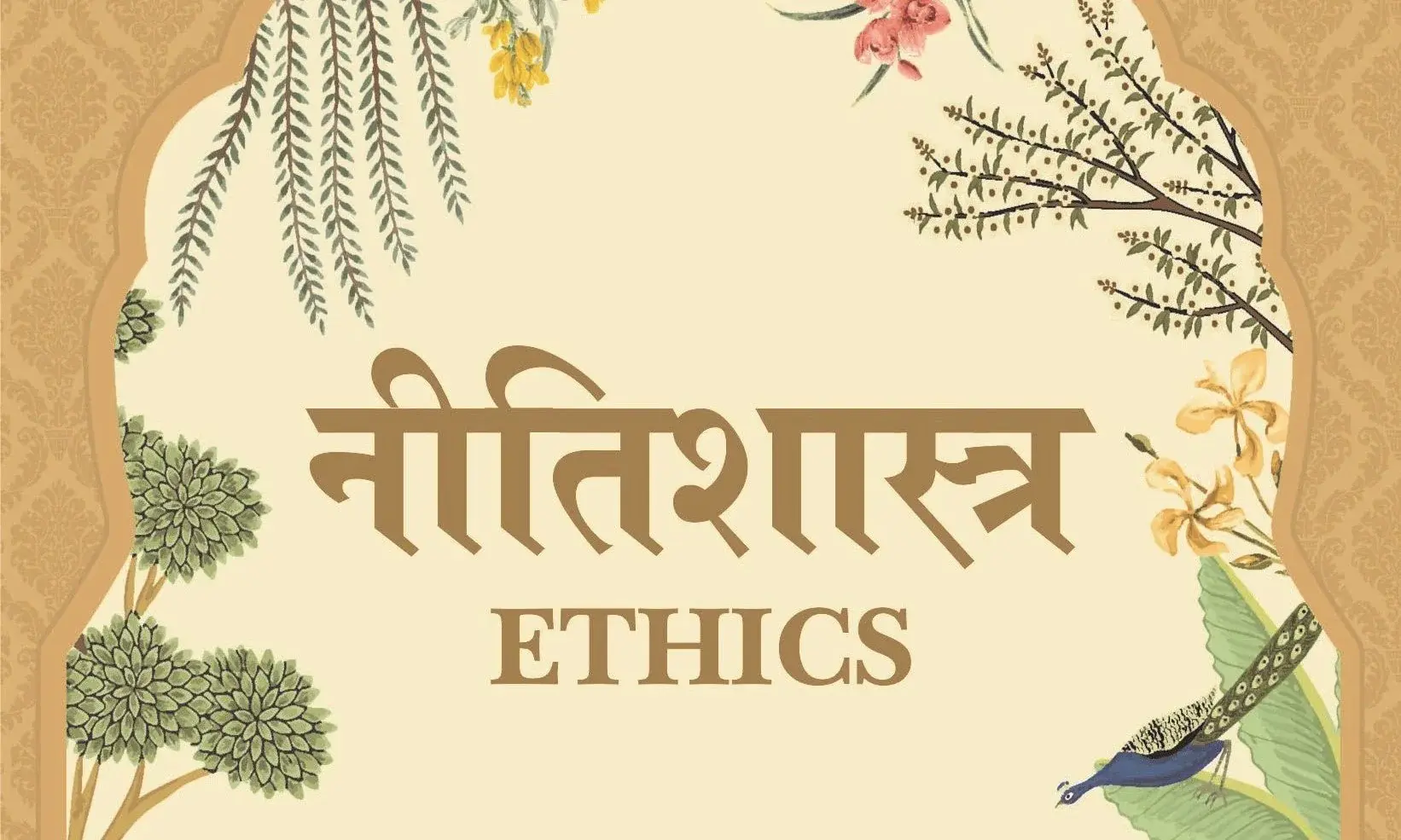Wisdom through Niti Shastras
What are Nīti-śāstras?
 The word "nīti" originates from the Sanskrit root "nī" meaning "to lead." Nīti-śāstras are a class of texts that offer guidance and wisdom on the path of dharma (duty) by providing perspectives on life and goals. They utilize verses in poetic meters to communicate their messages.
The word "nīti" originates from the Sanskrit root "nī" meaning "to lead." Nīti-śāstras are a class of texts that offer guidance and wisdom on the path of dharma (duty) by providing perspectives on life and goals. They utilize verses in poetic meters to communicate their messages.
Types of Nīti-śāstras:
Nīti-śāstras can be broadly classified into two categories:
-
Sāmānya-nīti (Common Nīti): This focuses on general principles of good living and righteous conduct applicable to everyone. It covers topics like the distinction between wisdom and ignorance, good and evil, and success and failure.
-
Rāja-nīti (Royal Nīti): This focuses on political and administrative duties, offering guidance to rulers on matters of governance, diplomacy, and war.
Sources of Nīti:
Nīti wisdom is found in various texts, including:
- Barhaspatya sūtram by Brihaspati
- Śukra-Nīti by Śukra
- Vidura-Nīti (part of the Mahābhārata)
- Pañcatantra by Viṣṇu Sharma
- Hitopadeśa
- Nītiśataka of Bhartṛhari
Example of Nīti:
An example from Vidura-nīti in the Mahābhārata:
King Dhṛtarāṣṭra, suffering from sleeplessness, seeks advice from Vidura. Vidura responds with a verse stating that those attacked, weakened, unsuccessful, deprived of wealth, lustful, or thieving suffer from sleeplessness, and asks the king if he identifies with any of these.
Conclusion:
Nīti-śāstras offer a wealth of wisdom for navigating life's challenges and fulfilling one's dharma. They provide guidance on ethical conduct, leadership, and achieving success in various endeavors.


No Comments